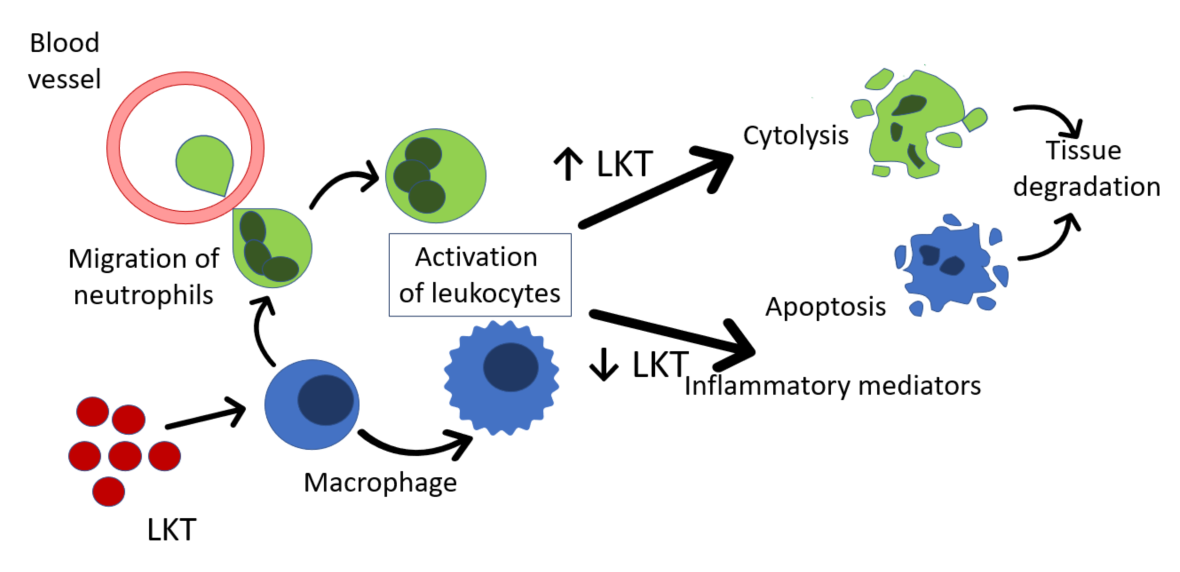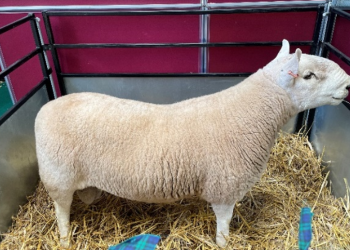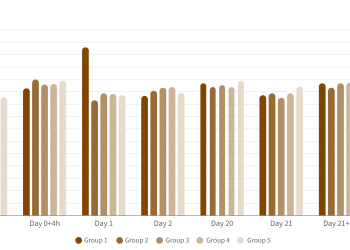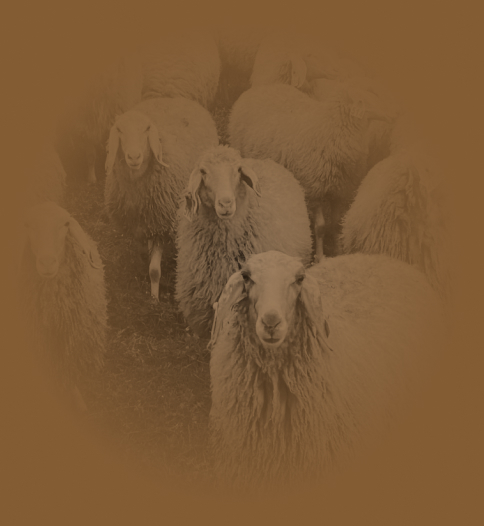To start with…
Mannheimia haemolytica is the causative agent of fibrinous pleuropneumonia in ruminants, as well as septicaemia in lambs and mastitis in ewes. It has several virulence factors: the leukotoxin (Lkt), lipopolysaccharides, outer membrane proteins, iron regulatory proteins, fimbriae, enzymes, adhesins, serotype-specific agglutinating antigens and antibiotic resistance plasmids.
The leukotoxin is responsible for the clinical signs and lung lesions.
The leukotoxin is present in all the serotypes and is produced when the bacterium is in the logarithmic growth phase. It is the principal virulence factor and the affected cells are the leukocytes, especially the polymorphonuclear leukocytes.
How does the leukotoxin behave?
- In low concentrations, the leukotoxin activates the alveolar macrophages, and by releasing cytokines these stimulate the migration of neutrophils to the alveoli.
- Both macrophages and neutrophils are activated by the leukotoxin and inflammatory mediators such as toxic oxygen radicals, proteases and cytokines are released. It also promotes apoptosis. This allows Mannheimia to escape the surveillance of the immune system and the innate response.
- In high concentrations, the leukotoxin destroys the leukocytes by forming pores in their membranes, thereby allowing Mannheimia to continue to proliferate with ease.
- In addition, with the destruction of these cells, toxic substances are released such as proteolytic enzymes, histamine, prostaglandins… etc that damage the lung tissue.
- These processes cause the typical fibrinopurulent lesions and necrosis in the lung.

Combatting the problem
Mannheimia overcomes the defence mechanisms of the host thanks to the action of the leukotoxin, so it is important to protect the animals against this.
For this reason, vaccines containing the leukotoxoid appear to be the best option for controlling the ovine respiratory complex. These vaccines have been shown to stimulate high titres of antibodies to the leukotoxin, conferring a high level of protection.
Vaccines containing leukotoxoid are the best option for providing protection against the ovine respiratory complex.
Article written by:
Tania Perálvarez Puerta. Product Manager Small Ruminants Unit – HIPRA




